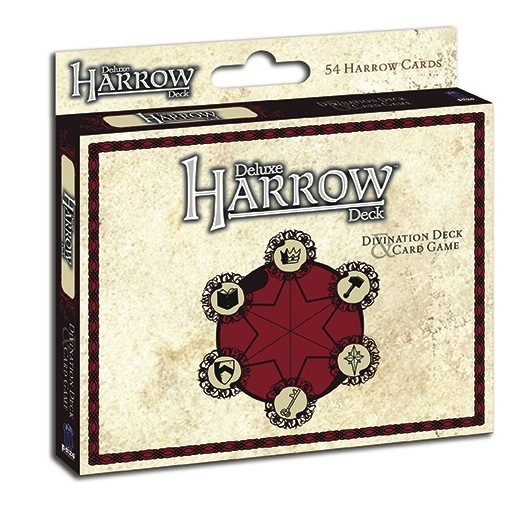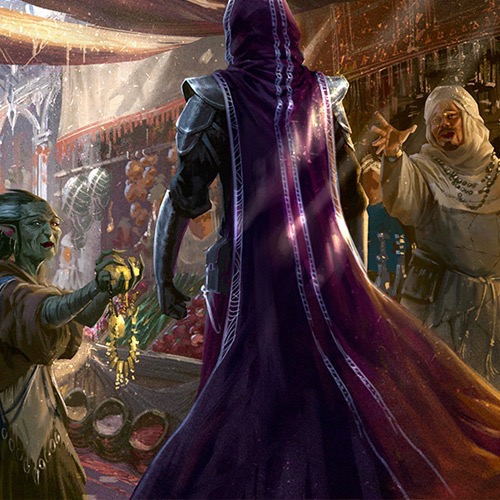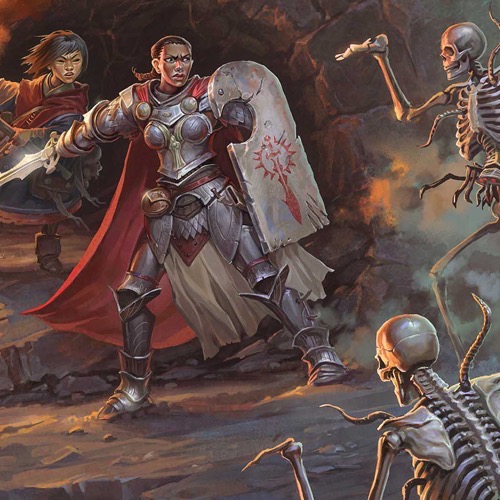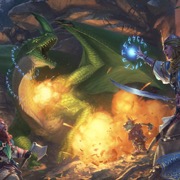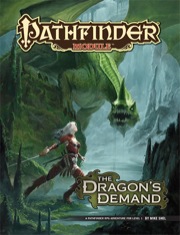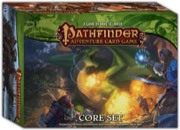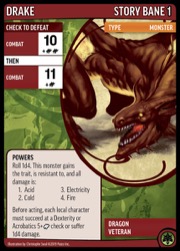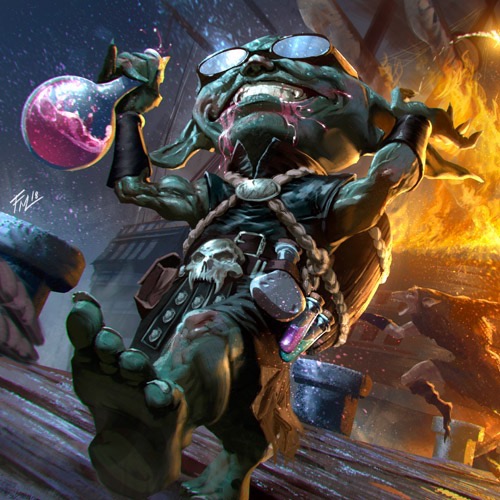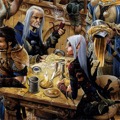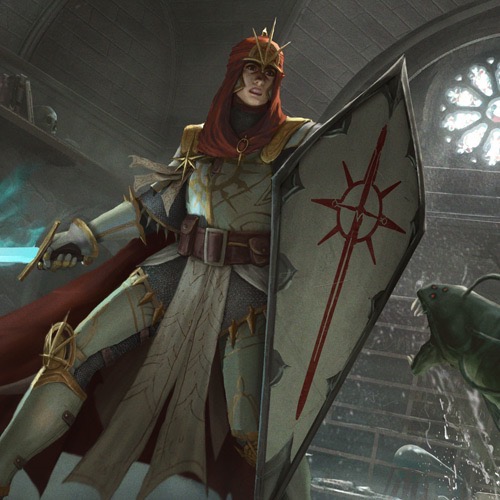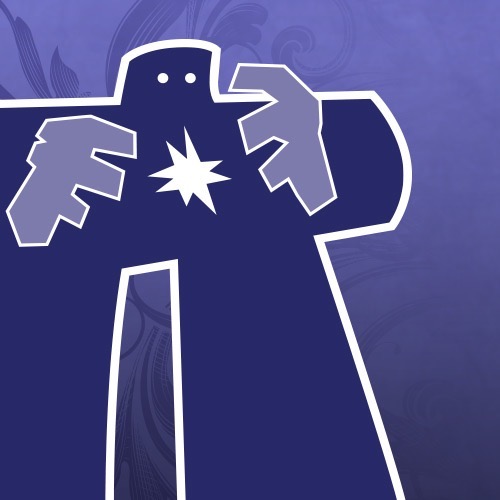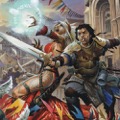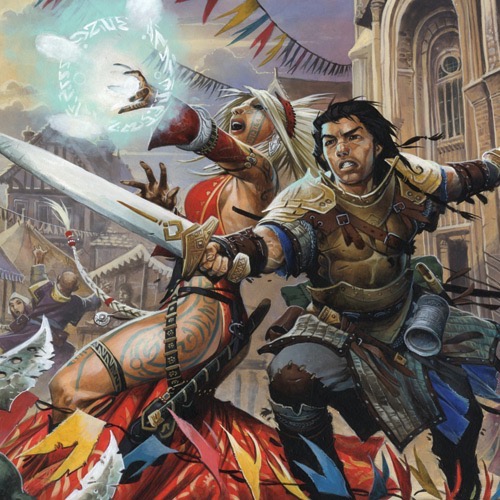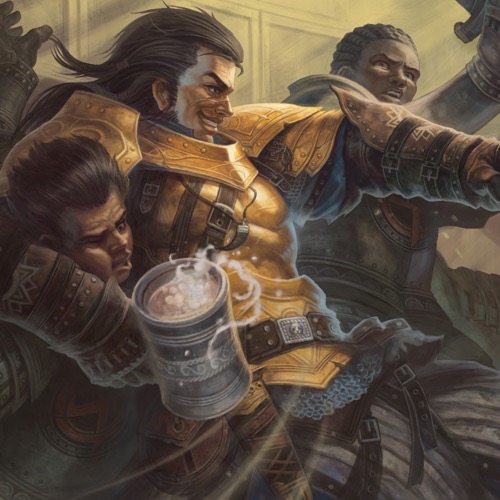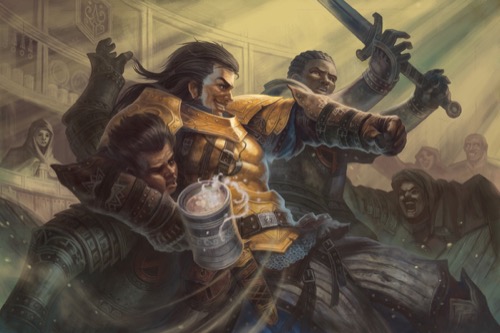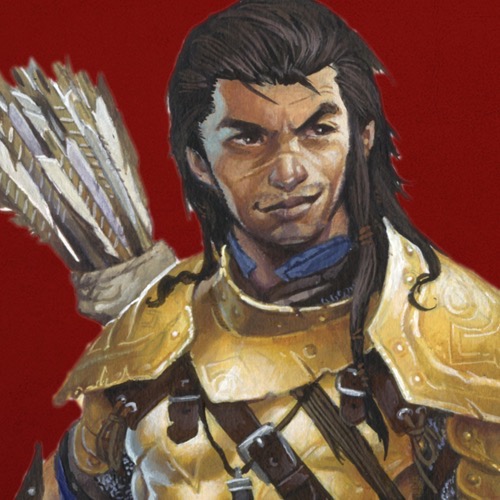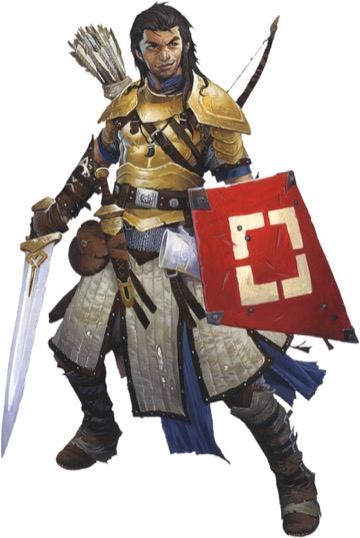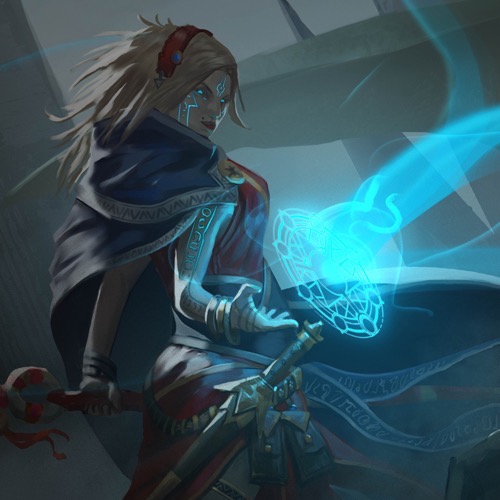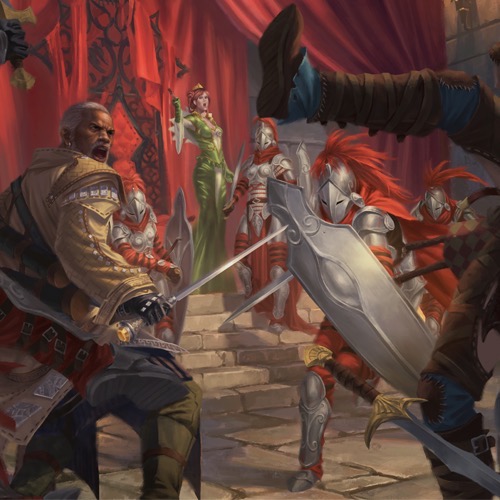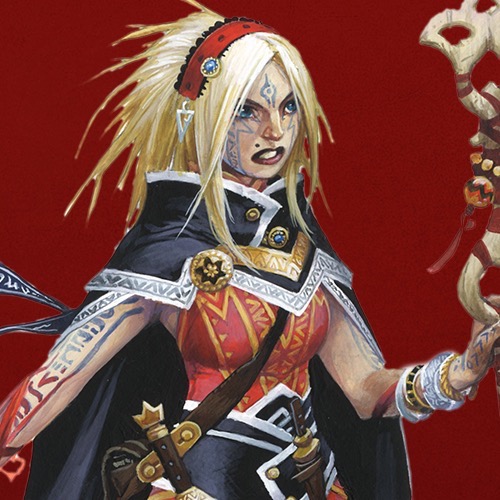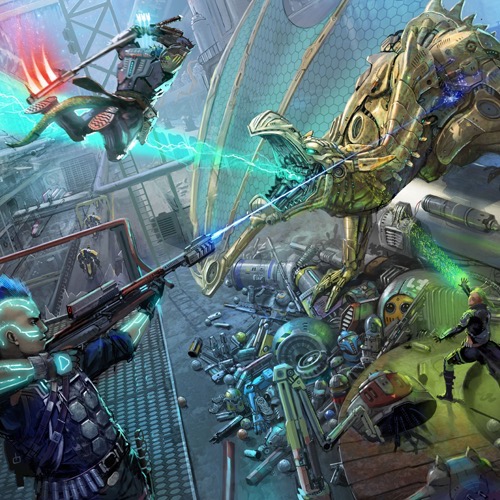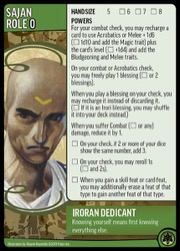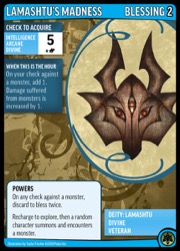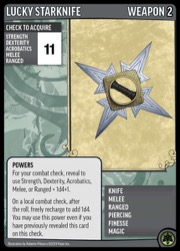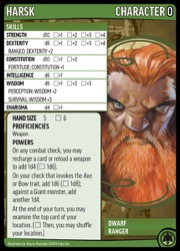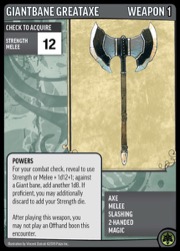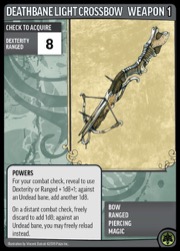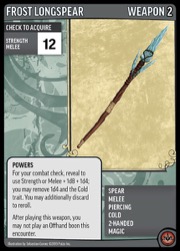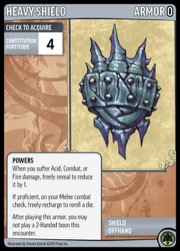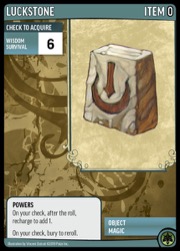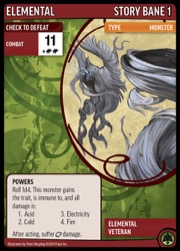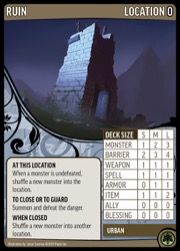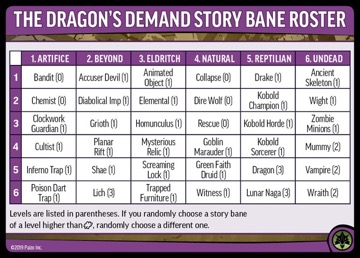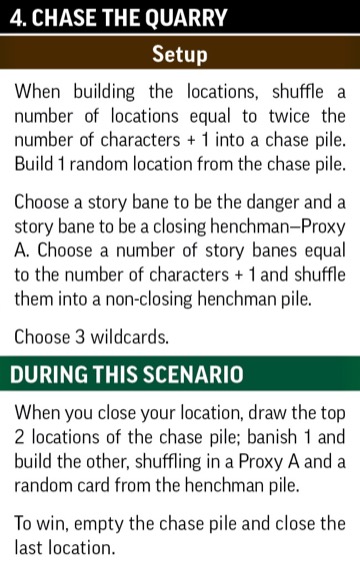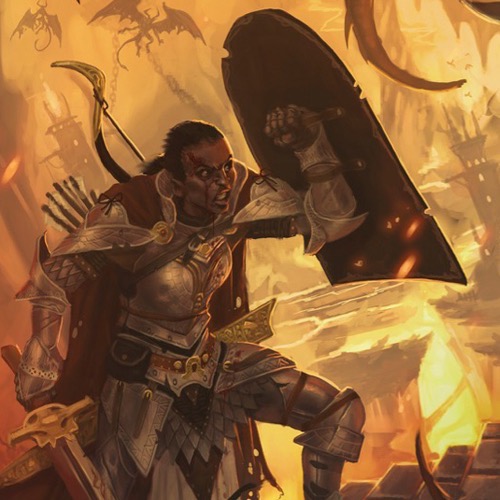Lemme tell you why Curse of the Crimson Throne is my favorite Pathfinder Adventure Card Game set yet. It's totally self-indulgent. You've been warned.
Back in 2007, I was helping Vic and Lisa launch the board game line that included Kill Doctor Lucky, Stonehenge, and (my personal favorite) Yetisburg. I got to be around Jason Bulmahn, James Jacobs, James Sutter, Wes Schneider, and the rest of the original Pathfinder RPG design team. One day, Wes came to me with a query.
"Mike, do you know how to design a tarot deck?" Wes said.
In fact, I had waited years for someone to ask me that question. In those days, I owned over a dozen tarot decks, and I had long wanted to make a divination deck that could stand up next to Ravenloft's tarokka, Discworld's caroc, and Everway. I'd just never had the chance.
Wes told me that the new RPG Adventure Path they were planning, Curse of the Crimson Throne, would feature a storyteller deck, but nobody in the company knew what to call it or how it could work. Or even how many cards it had.
"Fifty-four," I said. "The nine alignments times the six abilities. Done."
"Uh," said Wes. "Yeah, you're designing our tarot deck."
So we began work on what I dubbed "The Harrow Deck."
Now, this wasn't one of these everyone-in-the-world-figure-out-this-thing projects. It was too niche of a design for that. Instead, Wes, the Jameses, artist Kyle Stanley Hunter, and I just holed up and riffed for a couple of hours.
"What if there was a giant, but he was juggling?" Wes would say.
"Juggling an elephant?" Kyle would reply.
"And a unicorn," Sutter would answer. "Not juggling a unicorn. A different card with a unicorn."
"But with a pear on the end of her horn, and she can't get it off," I'd say.
"I have an odd idea for The Marriage," Jacobs would say, and we'd keep going till it was done.
I had the mechanics worked out from the get-go, tasking Kyle with envisioning six symbols we could float over the art in nine different alignment positions. But, we needed more heft to this thing. We brought in my design partner Teeuwynn Woodruff to create a divination mechanic and to write dozens of fascinating interpretations of the nutball ideas we had come up with. Jason brought over an idea for a gambling game called Towers based on my card alignment array. Mike McArtor (we miss ya, bud) took on the editing and James Davis the graphics.
It was one of the very few projects where nothing ever went backward. Everything anyone said made it in. Because nothing—nothing at all—was too weird for the Harrow deck. You can read more about the creation of that deck in this ridiculous 2008 blog of mine, and I encourage you to do so.
In 2013, two card sets of mine came out. The first was the Deluxe edition of the Harrow deck.
In this re-envisioned product, the cards became tarot-sized and the overlay suit icons got replaced by alignment dots around the edges, freeing up Kyle's art even more. It still functioned the same, with the same names and imagery, but it sure looked a bit different.
Also in 2013, we had just finished core design on the first Pathfinder Adventure Card Game set, Rise of the Runelords. Already, a buzz was building about what we were concocting. Soon, we'd need to know what the second PACG set would be.
"It's Curse of the Crimson Throne," I said as a final pronouncement. "Because I want to make a totally new timer mechanic based on the Harrow deck."
The finality of that pronouncement lasted about 20 seconds. "Whoa there, hoss," my collaborators said. "We just spent a year making your dumb thing work, and you want to start it over? Nope, and also nope."
OK, so Skull & Shackles. Fine. But, the third set for sure...
I brought on Keith Richmond, as recounted in this blog of his, because for sure we were doing Curse real soon now. Except we didn't. Wrath of the Righteous would be our plane-spanning epic tale, so Keith cut his teeth on that. Then Mummy's Mask led us into the sands, and Keith helped make that a reality. Also multiple seasons of organized play. Keith was working on a lot of these game projects for us, but not the thing I actually brought him on to make.
After Mummy's Mask, we needed to recalibrate. In 2018, with many thousands of PACG cards out there, we wanted to cure some of the lingering roughness in the game and give it a real cleanup. Finally, I said, "Now. We're doing Curse now. I'm getting my Harrow set."
Vic and Lisa agreed. So we started in on Curse. I cannot tell you how liberating it felt to crack open a Harrow deck and reimagine it a decade later. All of Kyle's mind-bending art, all of those odd concepts that Wes and the Jameses and I kicked around, all the ethereal meanings that Teeuwynn ascribed to every card—all of that was about to become real. Cards now had to function. They had to mean one thing, not everything.
Liz took the first pass on the Harrow blessings. She looked at every weird idea that made it onto those cards and wrote whatever madness popped into her head. Keith and Chad reworked her cool concepts. Aviva figured out how everything should be said. I went through and made everything fit that original Harrow vision.
Fifty-four new blessings, all themed to suits, was the largest amount of blessings we'd ever designed at once. Not only did they all need different play powers, but they also needed different "when this is the hour" powers, and they all had to be different from the ones in the Core Set. Most importantly, they needed to match whatever stories our original Harrow deck put in your head.
After quite a bit of work, we had a new Harrow deck for a whole new audience.
Except... we didn't have a harrowing, per se. We had a few spells called various versions of Harrowing, and we had allies called Harrowers, and we even had items called Harrow Decks.
But, we didn't have any divination.
Keith figured that out. Well, he figured a version of it out, but it was too big and complicated. Through many iterations, we finally got down to something nice and simple. Each adventure, you'd gain a Harrow blessing of the adventure's suit, which would affect your checks of the related skill. Your harrow would follow you throughout the adventure, loading itself into your hand at the start of each scenario. Sometimes you'd be thrilled by what blessing governed your play; sometimes you'd be less thrilled. But, it was yours for the adventure, like it or not.
Now and then, some of the Harrow blessings were in players' decks, making the harrowing less fun. The "impossible rule" covered this situation, and we made a rule that if we ran out of blessings of the appropriate suit, we'd use ones of other Harrow suits. A simple enough hack, but we wanted another approach.
So we tried something else. We cracked one of my old Harrow decks to play the divination similarly to the way Teeuwynn imagined it years earlier. Then we used the rules in the storybook applying to whatever card each character got (assuming it was available). You sure don't need a real Harrow deck for that purpose, but if you can get your hands on one, you'll feel more deeply immersed in the adventure.
Along with the whole team, Keith finally got Curse of the Crimson Throne done like he wanted, and as a "reward," I made him be the president of my company. Me, I got my Harrow set. That time a dozen years ago, when we made a crazy deck of cards that a generation of Pathfinders interpreted in every possible way, was now part of my most adventurous project for Paizo ever.
Sometimes Fate is a cruel mistress. But, sometimes, if you just give her a chance, she smiles on you.
Mike Selinker
Adventure Card Game Lead Designer










